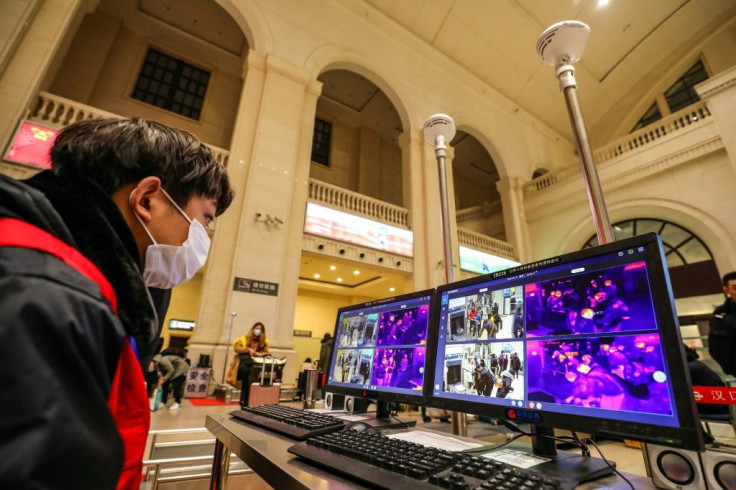Most Popular Myths About Thermal Scanners Debunked
KEY POINTS
- The COVID-19 pandemic has infected over a million people worldwide
- The growing concern and fear of people about COVID-19 triggered them to look for more information online, which could be dangerous considering the influx of fake news
- In this article, we share some truths about thermal scanner and its role in preventing the spread of COVID-19
Since the COVID-19 hit Wuhan late last year and rapidly spread across the world, there has been an influx of information related to the deadly virus. The only danger about this information is that some of them are not true or accurate and could give readers false security. In this article, we will bust the myth that surrounds thermal scanners.
Along with facemasks and alcohols, one of the in-demand products in the market today is the thermal scanner. During the SARS outbreak, thermal scanners were recommended to detect the possible SARS-infected person. It was a crucial medical device that helped prevent the spread of SARS.
The same is happening today with the COVID-19 pandemic. The use of thermal scanners is deemed effective since it is fast, non-invasive, fairly accurate, and cost-effective. However, some people think that it is also effective in treating people with COVID-19 and could guarantee full protection from the virus.

Unfortunately, this belief is not true, according to the World Health Organization. Thermal scanners could only detect fever, but it could not detect if the person has a COVID-19 infection. Moreover, it reads the temperature but it could not identify asymptomatic COVID-19 infected persons.
"Infrared thermography provides a digital image showing temperature patterns. This has been previously utilized in the detection of inflammation and nerve dysfunctions. It is believed that IR cameras can potentially be used to detect subjects with fever, the cardinal symptom of SARS, and avian influenza," a study revealed.
However, when it comes to the accuracy of thermal scanners, the study stated that the reading could be influenced by environmental, equipment, and human variables.
"It is also limited by the fact that the thermal imager measures the skin temperature and not the core body temperature. As known, the body determines a temperature as its so-called "set point" at any one time during the body temperature regulation. Fever happens if the hypothalamus detects pyrogens and then raises the set point. The time course of a typical fever can be divided into three stages," the study claimed. "When the fever initiates, the body attempts to raise its temperature but vasoconstriction occurs to prevent heat loss through the skin. With this reason, some individuals at this stage of fever (at the rising slope and immediately after the fever begins or falling slope after the fever breaks) will not be detected by the scanner if it is not designed to detect subject at the plateau of the fever (with her/his high core temperature) in particular."
© Copyright IBTimes 2025. All rights reserved.






















